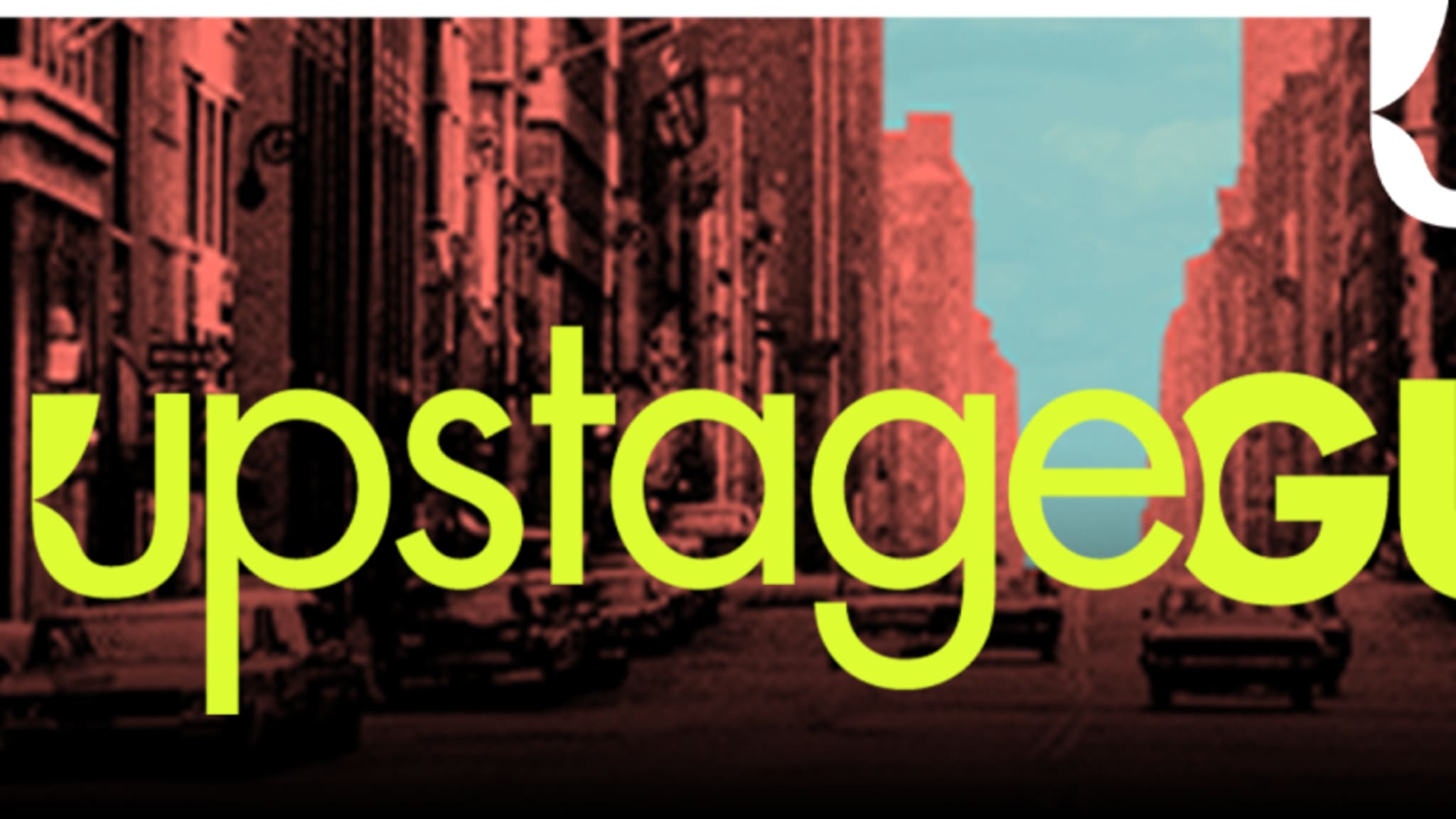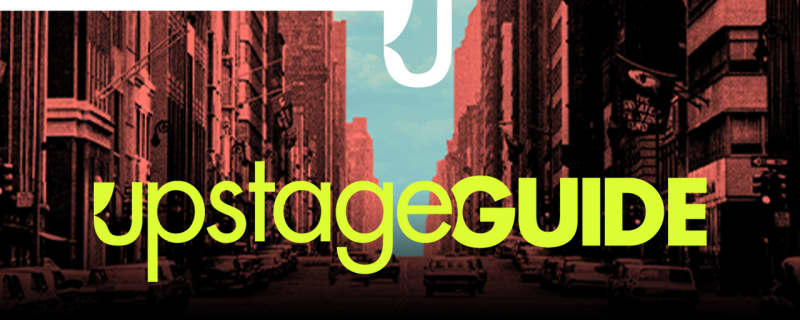Leah Reddy: You are the Head Research and Reference Librarian in the Jean Blackwell Hutson Research Reference Division at the Schomburg Center for Research in Black Culture, part of the New York Public Library. If an audience member isn’t familiar with the Schomburg Center, what should they know about it?
A.J. Muhammad: The mission of the Schomburg Center is to preserve and collect materials that document the Black experience and it's a great resource for anyone who's interested in learning more about the Black diasporic experience. The Schomburg collects books, archival collections, audiovisual materials, photographs and also artwork. There's so much to learn that we don't necessarily learn formally in school. The Schomburg is a great place to do deep dives into research. It's accessible to all researchers, including high school student scholars and lifelong learners. Access to all the collections is free. All you need is a public library card.
LR: What does your work as a reference librarian involve?
AJM: I am the head reference librarian in the Jean Blackwell Hutson Research and Reference Division, which is one of five research divisions at the Schomburg Center. The research divisions are organized by format. So, depending on the format of the material, that would determine which division you would want to do research in.
The Research and Reference Division collects published materials including primary and secondary resources like books, magazines, newspapers, maps, anything that's been either independently published or published by commercial publishers. This includes play scripts, biographies, and secondary resources, including scholarly publications about Black art including drama, theatre, and live performance.
LR: What resources does the Schomburg have about Samm-Art Williams, the author of Home?
AJM: Just to give you all a little overview, in the Schomburg's Research & Reference Division, which is the department where I work, you can find Williams' published work including his other plays beside Home, including Eyes of the American, and Woman From The Town. There are also clipping files for both NEC and Samm-Art Williams that are accessible on microfiche in the division. You can also access newspaper and magazine databases, both mainstream and Black press.
The Schomburg's Manuscripts Archives and Rare Books Division has The Negro Ensemble Company records which is the large archival collection and within this collection you can find the “Samm-Art Williams Plays, 1974-1986” collection which includes manuscript versions of published and unpublished plays. It’s really indescribable to know that if something hasn't been published, it was collected by an organization such as NEC, and you can get access to that collection. In some cases, in the case of Samm-Art Williams who just passed away, the Schomburg has numerous versions of his unpublished plays, so researchers can actually get access to see his other work that was not published, just to see his journey as a storyteller and the type of stories that he was interested in telling and how he told them.
The Schomburg's Moving Image & Recorded Sound Division (MIRS) has as copy of the made for TV film of Solomon Northrup's Odyssey: Twelve Years a Slave for which Williams co-wrote the screenplay and is an earlier version of the Twelve Years a Slave narrative that is best remembered by the more recent film starring Lupita N'yongo. MIRS also has a documentary about NEC that was produced in the 1980s called The Negro Ensemble Company among other relevant holdings.
The Schomburg's Photographs & Prints Division and Library for the Performing Arts (LPA) have stills from the original production "Home," some of which have been digitized and made available on NYPL's Digital Collections which you all may have seen already.
LR: In addition to your work as a librarian, you’re a dramaturg and producer, working with the Fire This Time Festival and CLASSIX, among others. What is the synergy between working with primary sources as a librarian and producing and dramaturgy? How are those connected?
AJM: There have been moments of synergy where, in my own personal research, there might be something out there like play scripts or archival collections that are here at the Schomburg Center. I've wound up having to do my own research using these same collections. For example, working with CLASSIX, which is the Black theatre collective where we're interested in looking back at the Black theatre canon.
Being in and supporting the Black theatre community has led to other opportunities to collaborate with people like Kelley Girod who founded the Fire This Time Festival and meeting Black actors and playwrights has been really rewarding. Also, not necessarily knowing the opportunities were going to come from being a part of the community. Things dovetail into each other.
Being able to help researchers by knowing about the materials and getting the opportunity to share that information with the public has been great. I've done library instruction classes at the Schomburg Center with my colleagues for college students and high school students. I remember years ago we got to do a library instruction session for Hunter College students who were studying Pearl Cleage's play, Flying West, which is set in the late 19th Century, early 20th Century and it was about Black family migrating to the West.
The instructor was interested in getting her class to learn more about the history and also looking at images. So, for example, if you are studying anything that's historical, you can find resources that will help you open the world [of the play] in a way to make it accessible to students or theatre practitioners. [I want people to know about] those sorts of resources and know that, "Oh, there's a place, the Schomburg Center, that if you can't find the exact thing you're looking for, you can find something that's close enough, that's adjacent to it that'll be helpful to the process of learning."
LR: In the past few years there have been a few plays, like Home, from the Black theatre canon on Broadway and Off-Broadway. What would you love to see this produced? What would you like to see high school students read? What else should be in the canon?
AJM: I would say more work by Alice Childress because only a few of her plays have been published. Roundabout produced the Broadway premiere of Trouble in Mind and CLASSIX collaborated with Theatre for a New Audience to present Wedding Band. But she has many other full-length plays as well that were not published. She has an archival collection here at the Schomburg Center. She was always ahead of her time, so she was writing about issues that we are now just discussing here in the present. She has a ten-minute play called A Tapping Sound. The play deals with a mother and a daughter who has a developmental disability and Alice was writing about that in the '70s, and we're now just talking about people who are neurodivergent. And seeing a Black woman write about race and disability years ago, I would love to see that produced. Also, there's other plays, musicals that have not been produced in New York City, that deal with the Black experience, so I would love to see that.
Then also, of course, there's so many plays that NEC produced in the '60s and the '70s. For example, there's a play called the Song of the Lusitanian Bogey. It's set in Angola, and it deals with people living under imperialism and how imperialism affects their day-to-day life. It was a hit for NEC very early on, but we haven't seen productions of it in New York. I would love to see a production of that.
I would love to also see a production of Day of Absence, which was a play that got NEC notoriety and attention. It was a satire, a dark comedy satire, and we see playwrights work in that genre now. But to see this was done over 50 years ago, it's just mind–blowing – the clarity and brilliance of writing. It stands the test of time. I would love to see that being taught in school too. Day of Absence is a large cast and so I can see it being done in colleges and high school.
LR: What advice do you have for young people who may be interested in following your footsteps as a librarian or a dramaturg?
AJM: There are different organizations that are available for anyone who's interested in going to any of those different careers. I learned about Literary Managers and Dramaturgs of the Americas (LMDA) from an actor and dramaturg named Debra Cardona. I became a member, and I would recommend it for anyone who's a student or early career dramaturg. There are great resources that are available, including conferences, getting to meet other people in the profession and getting to network. It's a great door opener.
Then there are also organizations like the Black Librarian Caucus for those interested in working in the library and information studies sector. The Black Librarian Caucus has resources including committees that people can join. Also, there are many other organizations in terms of being a resource for early career library professionals. I would say just learning more about the organizations, mentorship opportunities. Like with LMDA, the Black Librarian Caucus has a program where you can be paired with a mentor. I remember taking advantage of the mentor program through LMDA years ago and getting great advice.
If you are a student and you don't have a lot of financial resources, the organizations are a great place to start. In the library world, there's an organization called Association for College and Research Libraries, which is part of the American Library Association, and they also have resources for early career and mid-career professionals. You're going to meet other people who have the same interests, and there are always opportunities and some cases to collaborate on projects. Also, if you want to go the school route for higher ed, there's always that option as well. The Theatre Library Association (TLA) is also another excellent resource.


